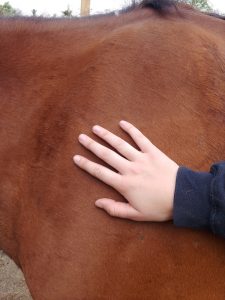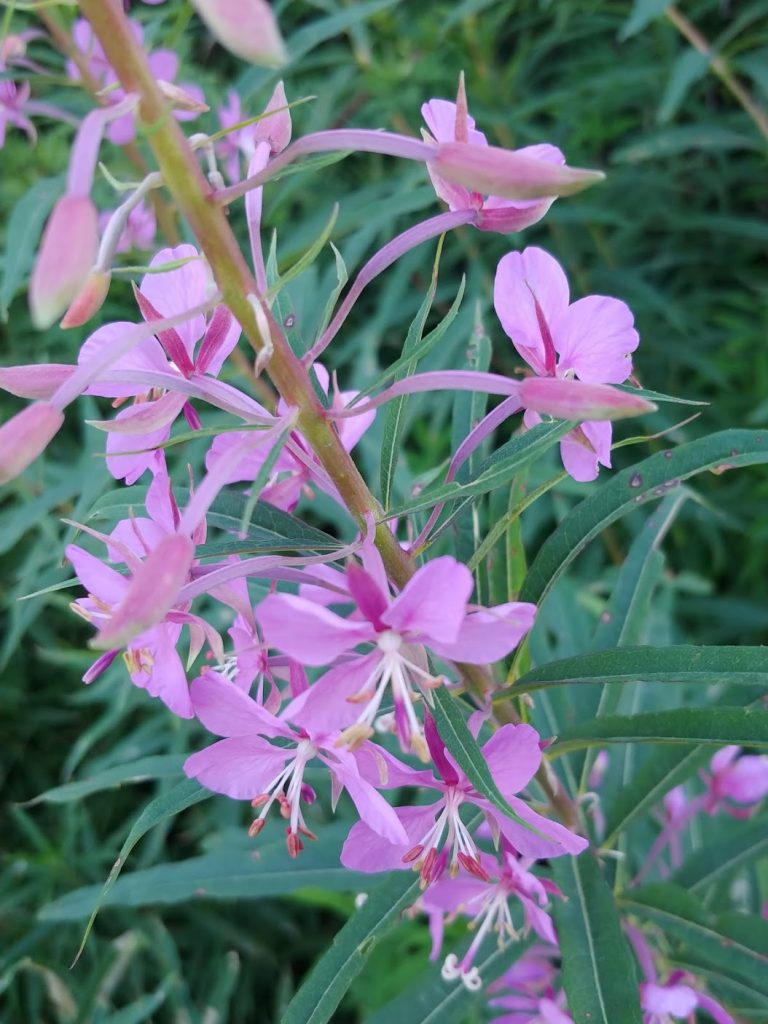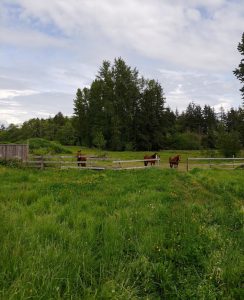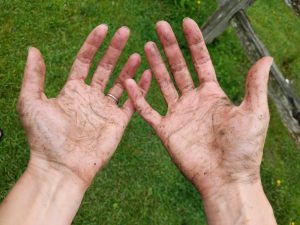Drawing Parallels in Equine Assisted Counselling
Drawing Parallels in Equine Assisted Counselling
When I learn about a client’s story, I often try to create or draw attention to opportunities for the client to find parallels between their life and Scout’s. Horsemanship, learning about horses and caring for horses, is a skill that I work on during every session. I try to make sure to explain to client’s why we follow certain safety procedures, why we learn to read Scout’s body language, and why we try to always be considerate of his experience. In these conversations there are themes of connection, relationship, boundary setting, empathy, and many more. Inevitably kids start to relate their understanding of Scout to their understanding of their own life. They may recognize a characteristic of his as being similar to something they have witnessed or experienced themselves.

As an example, Scout can be a little anxious about things that are unfamiliar, so this could be an area I work on with a client who is experiencing anxiety. We work together to introduce a new object to Scout in a way that builds on his confidence. We follow a process that is very similar to Cognitive Behaviour Therapy strategies for addressing people’s specific phobias, so it is often easy for kids to start to see how to support themselves in addressing their own worries.

On top of parallels that can be drawn from working with horses, there are opportunities in the environment for clients to learn about things or see things that connect to their life. I often take kids out for a walk with Scout during one (or more) of our sessions. Depending on what animals and plants we see during walk, I may point out things that I think the client may find interesting or might speak to a part of their life. For example, fireweed (pictured here) is a purple wildflower that is often one of the first plants to grow in a damaged area (hence the name). To me it is a symbol of resilience, so I might stop and talk about the plant if I think it would be relevant to the client.
Sometimes I need to point out the connections to kids, but more often than not, I wait to hear what the kids find relevant and meaningful and take their lead. The connections they make on their own are usually more powerful than if I were to make connections for them. I am always amazed to hear the parallels kids draw when they work with Scout. Just when I think I’ve heard them all, someone will create a connection that I hadn’t even considered.

